
Our guide to CSS transitions, breaking down syntax, implementation, and the component properties of the transition shorthand property.
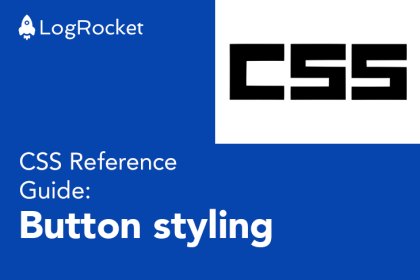
Our guide to creating and styling buttons using CSS, including creating style classes, animated effects, and more.
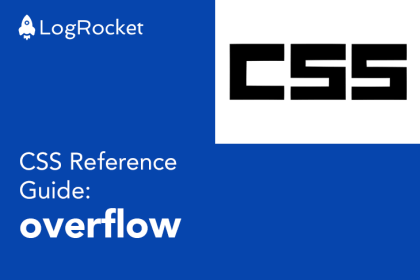
overflowOur guide to the CSS overflow property, including a breakdown of its syntax, values, and component properties.
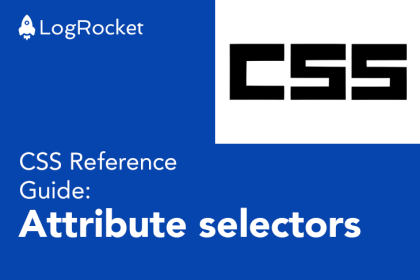
Our guide to the various CSS attribute selectors to facilitate quick styling of DOM elements.
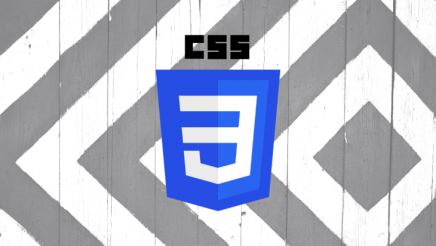
Find out how the PRPL pattern can help you deliver faster, more responsive web apps to your users by limiting response time and resource consumption.
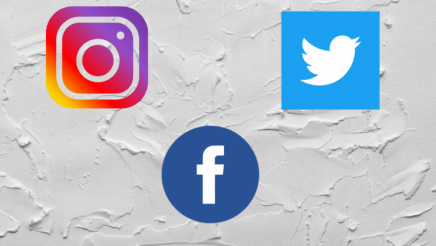
Make your site and content more shareable by employing these six tactics for embedding social media icons into your site.

This tutorial shows you how to create apps that are theme-aware using CSS variables and JavaScript.
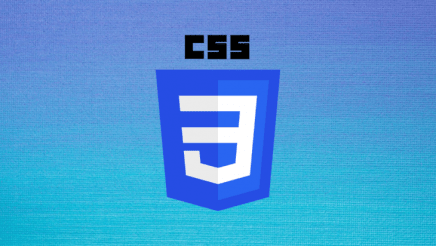
Check out this tutorial to learn how to use scoping in CSS variables to make theming easier.

lh and rlh in CSSIn this post, we’ll learn more about these two new font relative length units, see some examples, and see how they can help us to better style our websites.
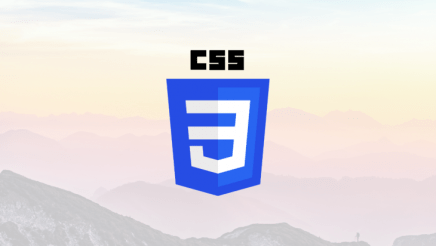
In this post, we’ll cover the most practical and useful rules with code examples.

Want to create a tooltip without any HTML elements? This tutorial shows you how to create, animate, and position a tooltip using only CSS.
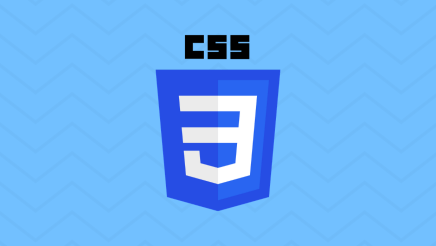
You might be surprised to see what a few lines of CSS can achieve.